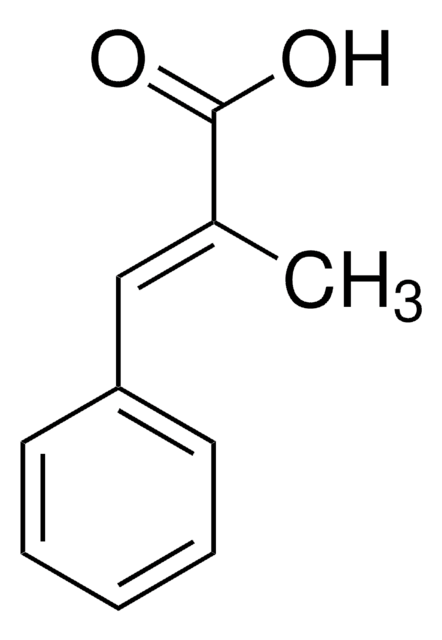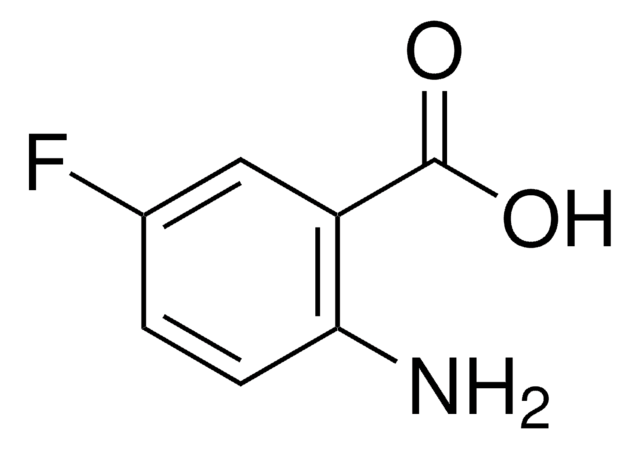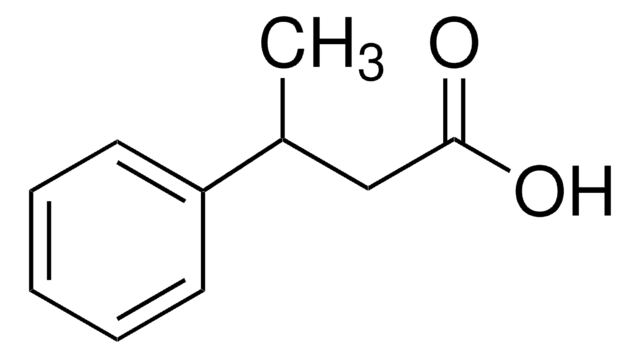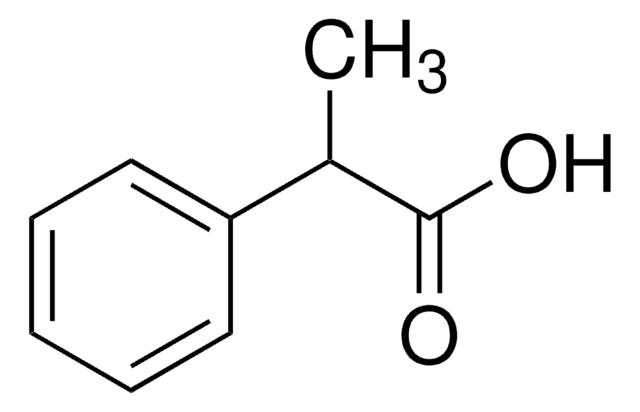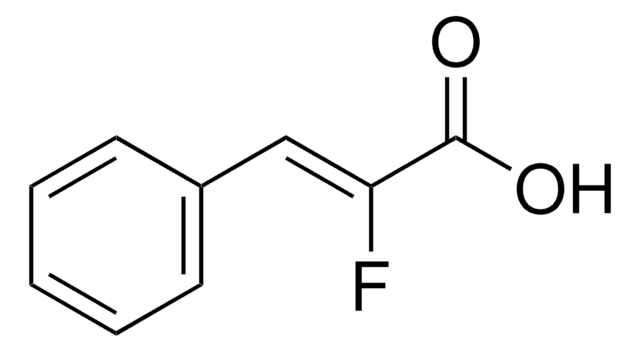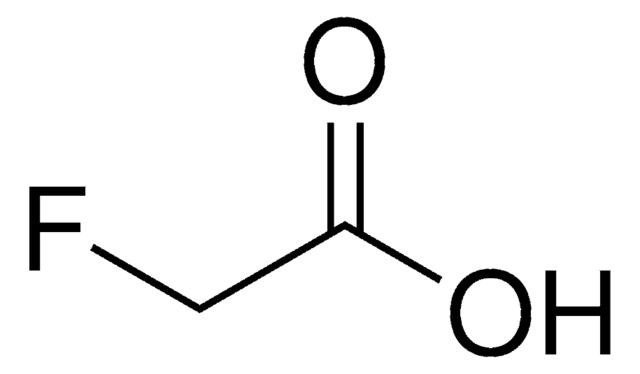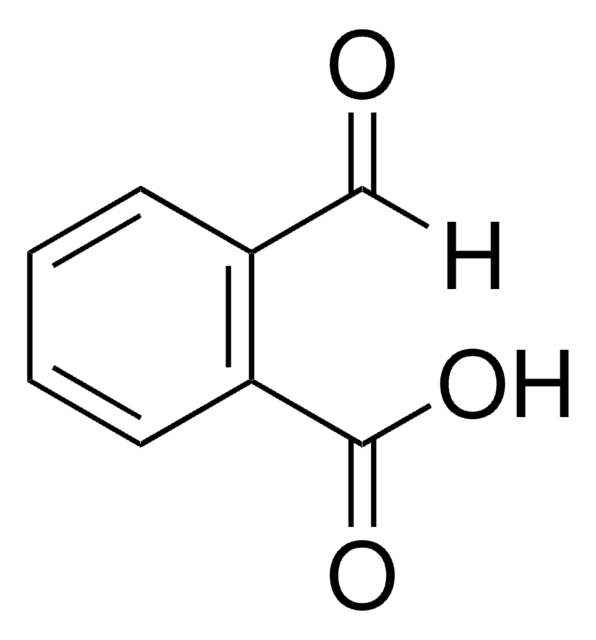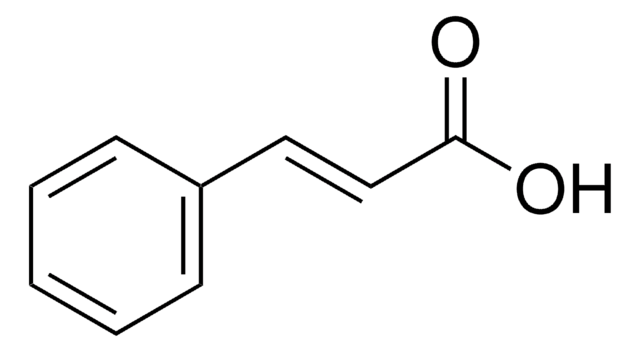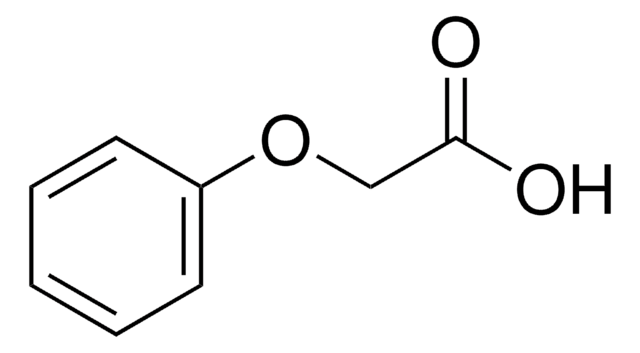Wichtige Dokumente
391522
α-Methylhydrozimtsäure
98%
About This Item
Empfohlene Produkte
Assay
98%
Form
solid
bp
167-168 °C/23 mmHg (lit.)
mp (Schmelzpunkt)
39-41 °C (lit.)
Dichte
1.065 g/mL at 25 °C (lit.)
Funktionelle Gruppe
carboxylic acid
phenyl
SMILES String
CC(Cc1ccccc1)C(O)=O
InChI
1S/C10H12O2/c1-8(10(11)12)7-9-5-3-2-4-6-9/h2-6,8H,7H2,1H3,(H,11,12)
InChIKey
MCIIDRLDHRQKPH-UHFFFAOYSA-N
Verwandte Kategorien
Allgemeine Beschreibung
Anwendung
Signalwort
Warning
H-Sätze
Gefahreneinstufungen
Eye Irrit. 2 - Skin Irrit. 2 - STOT SE 3
Zielorgane
Respiratory system
Lagerklassenschlüssel
11 - Combustible Solids
WGK
WGK 3
Flammpunkt (°F)
235.4 °F - closed cup
Flammpunkt (°C)
113 °C - closed cup
Persönliche Schutzausrüstung
dust mask type N95 (US), Eyeshields, Gloves
Hier finden Sie alle aktuellen Versionen:
Analysenzertifikate (COA)
Die passende Version wird nicht angezeigt?
Wenn Sie eine bestimmte Version benötigen, können Sie anhand der Lot- oder Chargennummer nach einem spezifischen Zertifikat suchen.
Besitzen Sie dieses Produkt bereits?
In der Dokumentenbibliothek finden Sie die Dokumentation zu den Produkten, die Sie kürzlich erworben haben.
Kunden haben sich ebenfalls angesehen
Unser Team von Wissenschaftlern verfügt über Erfahrung in allen Forschungsbereichen einschließlich Life Science, Materialwissenschaften, chemischer Synthese, Chromatographie, Analytik und vielen mehr..
Setzen Sie sich mit dem technischen Dienst in Verbindung.